Kerry Naidoo: Hello, and welcome to the McKinsey Africa Podcast, with me, Kerry Naidoo. In this latest instalment in a series focusing on Africa’s financial technology or fintech industry, we bring you conversations with leading experts and share actionable insights addressing challenges and opportunities facing managers and leaders working on the continent.
Audio
McKinsey Africa podcast with Mukuru CEO Andy Jury
Kerry Naidoo: For those new to it, fintech refers to technology driven delivery of financial services to consumers. And it has tremendous potential for the continent, particularly given that around 57% of Africans—around 95 million people—remain unbanked.
Kerry Naidoo: Despite, or perhaps because of this, the fintech sector in Africa has been surging in recent years. Its growth has been fueled by a youthful and urbanizing population, increasing mobile phone penetration, falling data costs, limited physical banking, an increasingly favourable regulatory environment, and of course, COVID-19 has had a significant impact on the uptake of digital banking, as lockdown measures encouraged the digitally shy online.
Kerry Naidoo: In this series, we’ll speak to some of Africa’s most prominent fintech leaders on what it takes or will take to build the sector on the continent. I’m delighted to welcome Andy Jury, the CEO of Mukuru. Mukuru was started way back in 2004 so can hardly be called a startup any more although the energy of the company is still as innovative and entrepreneurial as the day it began. Mukuru is listed as one of the leading 150 cross-border businesses globally in the 2020 FXC Intelligence Incumbents vs Challengers in Cross-Border Payments and won Global Brands Magazine international award for “Most Innovative Online Remittance App – South Africa, 2021”. But it is about so much more than remittances. I think it’s safe to say that it is at the cutting edge of fintech evolution in Africa and a champion of financial inclusion as a development imperative on the continent.
Kerry Naidoo: Also joining us in conversation is one of McKinsey’s leading authorities on the subject, Uzayr Jeenah. Uzayr is a Partner in McKinsey’s Johannesburg office and leads McKinsey’s Corporate and Transaction Banking work across Africa and has worked with a number of African Fintech’s.
Kerry Naidoo: Andy and Uzayr, thank you for being here, and welcome to the McKinsey Africa podcast.
Andy Jury: Hello, Kerry. And thank you for having me.
Uzayr Jeenah: Glad to be back with you Kerry, really looking forward to this conversation with Andy.
Kerry Naidoo: Andy, I’d love to hear more about Mukuru, in particular its origin and how it came to be really about, as your mission states, giving people the tools to take control of their financial journeys.
Andy Jury: Thanks, Kerry. As you said, Mukuru was founded in 2004, and our founders were looking to address a particular problem at the time, which was how to deal with the hyper-inflationary environment in Zimbabwe, in the early 2000s. And whilst things have moved on quite a bit since then, the spirit of solving problems endures. So if we were trying to sort of encapsulate what we are and what we do in an elevator pitch, we see ourselves as a next generation financial services platform for Africa’s emerging consumers. So, it’s really about the provision of mobile led digital financial services to underserved communities. And in so doing, we’re aiming to enable access to financial services that are safe, affordable, and reliable.
Andy Jury: Most of our customers come to us from the informal markets. In fact, from our perspective, the vast majority of financial transactions on the African content happen in an environment that is informal, over the counter, uses cash to cash, and has to be synchronous. And so what we try to do is to position ourselves at the intersection of the informal and formal financial services ecosystems, and look to take our customers on a journey that involves small, but continuous improvements and changes, and ultimately leads to a large step change in, I suppose the journey towards digitization and financial inclusion.
Andy Jury: We processed over a hundred million transactions through our platform in the last decade. And we’re one of Africa’s largest remittance led Fintech’s. We’ve built a network that spans 90 countries across the globe, but our focus is and remains in the emerging market segment in Africa.
Kerry: You took over as CEO in 2017 I believe, and before that you were at Edcon as Chief Executive of their Specialty Stores Division. What was it about the role that got you personally excited?
Andy Jury: Kerry, I’ve got a background in financial services and technology consulting and I spent a long time in retail where I loved the instantaneous nature of the feedback loops that you get from engaging with customers. And I’ve always loved the idea of being involved in a business that looked to use technology to leapfrog or disrupt outdated way of doing things to solve problems and generating value for customers. And so prior to joining Mukuru, I really enjoyed what I was doing in a cerebral, intellectual level, but finding ways to get people to buy an extra pair of sneakers or to get excited about a three for two deal on HP pencils is interesting, but it doesn’t necessarily fulfil your soul. And I think the amazing thing that was immediately apparent to me when I was interviewing with Mukuru was that there was this orange energy coursing through the veins of just about everybody I encountered through that recruitment process.
Andy Jury: And so the combination of practical applications to world class technologies to fundamentally transform people’s lives, underpinned by a purpose, and I suppose the recognition that certainly in an emerging market, African environment, being able to engage with people on the streets, listen to their problems, put yourselves in the customer’s shoes and assist in building technologies or solutions that were going to solve their problems is immensely fulfilling. And so I love the idea of technology assisting in financial inclusion. I fundamentally believe that financial inclusion is a foundational cornerstone of a healthy and prosperous society or economy.
Uzayr Jeenah: Andy, as you’re talking about this kind of shift from being a kind of remittance led players into a much broader financial services offering, what do you think are the kind of really the underserved needs that Africans are waiting for?
Andy Jury: So I think it’s a great question. So, alongside money transfers, both domestic and international in a broad sense, I think as people move into a slightly more formalized financial services ecosystem, the things that are important to us are also important to them. So, ensuring that you can have access to digital stores of value, that you can find the pathways to facilitate a broader bouquet of payments, particularly those that bridge the cash and digital divide. And then access to a broader bouquet of derived financial services products, such as insurance, savings, loans, I suppose ancillary value added services that link to that. And so we’ve seen our ecosystem develop over time as we’ve listened to what our customers need and want and looked to provide that broader bouquet of products that are ancillary to the sort of initial entry point that we had, which was you know the provision of cross-border money transfers.
Uzayr Jeenah: And Andy, for many of our listeners who may not understand some of the dynamics that we have on our continent, you know can you talk a little bit, maybe on two points, a little bit on the remittance side and on the lending side – of before Mukuru or in the absence of Mukuru-like players, what were the customers actually doing?
Andy Jury: I think one of the things that we’ve tried to do as we’ve evolved our business is to do exactly this, to walk in the shoes of our customers, to understand where their friction points are, and how we can then build the products and services solutions to address those. In an informal money transfer ecosystem, which there are asymmetries of information. Nobody knows how big it is, but this is at least two thirds to 70% of the way in which transactions still flow in the African continent. If you were in Johannesburg looking to send money home to Lilongwe, for example, you’d have to take time off work, so there’s opportunity costs to lost wages. Get into a taxi, which costs you money, go down to the central bus station in Johannesburg. Find somebody who speaks your language, negotiate with them to take your money.
Andy Jury: It can often cost you know 15, 20% of the principle and fees. Sometimes up to 50% with other incidentals. It can take anywhere near as long as two weeks for the money to actually physically move to Lilongwe. And then the same process happens on the other side. So, I suppose it’s a bit like running in treacle. And so what we’ve tried to do is understand this scenario and say, what is are the sort of the bouquet of customer service cornerstones that we can provide that ensure that we can provide an alternative service? And so we really try to ensure that it…it’s very easy to use, that there’s a plethora of choice in terms of access points or digital engagement channels that you have. There’s got to be heightened convenience so that opportunity cost doesn’t exist. So we’ve got 320,000 pay in and pay out points. And fundamentally it’s got to be underpinned by speed, so it has to be instantaneous. And, and you’ve got to build an ecosystem that is you know supported by a brand that people get to know and trust in order to get those network externalities.
Uzayr Jeenah: And, I guess that the very direct human implication of this is you know kids don’t get pulled out of school because they’re – they haven’t paid fees. And I don’t need to go to a, what we call Mashonisa here in South Africa and, or a loan shark, I guess, in other parts of the world, to get kind of an informal loan?
Andy Jury: Most of our customers are sending 50 to $150, one to three times a month, and that money is being sent to loved ones in their sort of close nuclear family. And the money in turn is used predominantly to pay for school fees, to put food on the table, to ensure that they have access to basic medical supplies. And in the absence of these, I suppose, lubricated predictable remittance flows, you would have to look at alternatives to bridge those gaps. And so take access to informal loans with sort of usury interest rates and whatnot. So if you can underpin the predictability of flows, if you can ensure the consistency, if you can make it as efficient and affordable as possible, there’s a lot of positive network effects that happen from people being able to utilize those funds when they want to, in the manner that they choose to.
Uzayr Jeenah: We know things that moved on in Africa quite a bit since Mukuru was launched to kind of combat Zimbabwean hyper-inflation. The pandemic has obviously then kind of figured a new bout of this kind of big digitization. How have you seen the dynamics changing on the continent with regard to FinTech?
Andy Jury: I do think that there has been a catalyzation that happened around the COVID-19 pandemic. And we certainly are seeing a secular shift towards greater degrees of digitization, or I suppose, inclusion in the formal financial services ecosystem. But, I go back to the point I made earlier, cash is still king. The vast majority of our customers or the customers that come to us, the entry pointers departure away from the informal financial services ecosystem that remains our biggest source of competitor. But I think there’s a question mark around the question of whether cash is still king. It’s, for how much longer? And so we are seeing these shifts, I suppose, in access.
Andy Jury: If you think about it, the sort of three things that we believe are continuous hurdles of inertia really are access, trust and education. And as the sort of proliferation of mobile phones and I suppose smart mobile phones continues to pace throughout the content, that becomes a strong, I suppose, provider of ubiquitous access to digital channels. But, it really is. It’s not something that you wake up one morning and somebody’s flicked a switch, and there’s a single sort of binary transition from an informal offline environment into a digitized engaged one. And so, I think the things that we focus on is ensuring that we digitize all the streams that are necessary to create an environment in which people feel comfortable transacting in.
Andy Jury: And so first and foremost in those is digitizing the onboarding of a customer when they use their services. So performing digital KYC, which means that you can build a relationship, you can treat them like a customer and not a transaction. Digitizing all the communication as you engage with them. Providing a broad array of digital engagement channels. So, whether they use USSD structured text language, whether they engage with us via WhatsApp, whether they are using the latest and greatest version of an app. All of those are digital steps ensuring that you can digitize the processing and transactions.
Andy Jury: And I suppose the final step in a sort of broader digital journey is digitizing the store of value or the type of money that they take. And so recognizing that each of those are very important and necessary steps, and that they can happen concurrently with each other if you are already offay with transacting a digital world. Or, whether those are things that people take time to get used to, has been an important unlock for us in terms of broadening the addressability of our platform and ensuring that we truly can bridge this cash in digital divide. As opposed to just starting from the point of departure, where you try to provide entirely digitized services to customers, and look to move them across in one big leap.
Uzayr Jeenah: And Andy, you mentioned cash is king, but how much longer? We’re obviously seeing huge amounts of increased competition in these spaces on the continent and I think you’ve see a lot more funding coming onto the continent. Historically I guess a lot of that has been seen that’s the big barrier for this change to happen. What do you think are the two or three kind of unlocks that are going to be required, that’s going to further capitalize and shift the retrenchment of cash, I guess?
Andy Jury: Ja, I think competition is fierce and it’s wonderful to see because fundamentally, I think it drives innovation and customers benefit. But, it depends, I suppose, on certain segments across both the formal and informal ecosystems. And I think we have always accepted that it’s not a one size fits all approach. And so the things that are important to us that we feel will ensure that we continue to stay relevant to our customers. And, that’s our focus point rather than you know trying to be better than the competition, as to provide the best service to our customers is to acknowledge that I think speed to capitalize opportunities and recognizing the value you can get from partnerships are critical to continuing this very fast, I suppose, dynamic environment of evolution and innovation for our customers.
Andy Jury: So, I think partnership is recognizing that whilst you may have a certain capability that customers need or want, you might not have the infrastructure to access those customers, or they might not be readily accessible in terms of having a platform to engage with you on. And so looking at ways in which you can take your strengths and capabilities and combine those with others’ has been a great source of opportunity for us. We have partnered with Thunes, which is a global payments network. Originally it was to bind our footprint to the strength and capabilities they had in Nigeria. But over the course of the last nine months, we’ve been able to expand that further afield to places like the Democratic Republic of Congo, Ethiopia, Senegal, and India. And we really only scratching the surface. And so there’s no ways that we would’ve been able to parallel process and be relevant to customers in such a broad geography. But, by combining their strength and capabilities and our network, we’ve been able to sort of synergistically provide services to customers where everybody benefits.
Andy Jury: I mentioned that point of speed, and I think the sort of perishability of opportunity is important. And if you can recognize and have a bias to action, but appreciate that sometimes you don’t have to build everything. You can focus on your strengths, potentially leverage off the partnership capabilities of others, you can deliver something transformational in a short period of time. During the early days of the pandemic in April 2020, we listened to what our customers want. And particularly those in places like Zimbabwe and Malawi, were saying that the availability of food at appropriate prices was something that was creating acute tension. And so in the space of 45 days, we were able to find an appropriate partner in country who could provide the food packs that people were looking for. And we focused on what we felt our strength was, which was providing the remittance flows to ensure that those could be paid for. And, package it in such a way that it created a differential proposition for customers in a very short space of time, at a time when it was most relevant.
Uzayr Jeenah: And talking about speed, I think one of the questions and you mention building, one of the questions that I hear particularly from larger corporates, is the struggle for talent, and how do you build, how do you move at speed and at pace. Very curious to hear how you guys have managed to solve that problem.
Andy Jury: It’s an ongoing opportunity or challenge, or one of the things that continues to give me grey hairs. But, I think if you peel it back, one of the things that amazed me about Mukuru when I was recruiting was that we called it this orange energy. There was this orange energy of purpose coursing through the veins of just about every individual that I met through that recruiting process. And so there’s a very strong call to action by the purpose of helping, I suppose, it’s attempting to help people in transforming their lives. And so we’ve looked to ensure that first and foremost, instead of building bright, shiny objects, or chasing after a technology platform for the sort of intellectual curiosity sake of doing it, that we focus on what is relevant to our customers. And, try and ensure that that’s a golden thread that flows through every conversation we have, every thought that we make, every strategic, I suppose, allocation of capital, etcetera etcetera.
Andy Jury: And, if you are trying to do that consistently and authentically, hopefully over time those sorts of things become a core part of your DNA and are attractive to like-minded individuals. And so we strongly believe that we want to change the world one financial transaction at a time. And, are looking to build an infrastructure that enables our customers to benefit from that journey. And look, for like-minded people to build. And, and so we’ve had a very strong retention of top talent who’s been attracted to that rallying cry over time, regardless of whether they exist in Cape town, Johannesburg, or Sarajevo, given how diverse our sort of talent pool is and where employees are based.
Uzayr Jeenah: And if I may ask a slightly more kind of operational question, Andy, very curious to hear how you guys think about things like pace of decision making or regularity of capital reallocations because it sounds like something you guys are doing very naturally.
Andy Jury: Ja. When we had essentially one product and one corridor and less than 100 employees, everybody could be involved in everything and so there was this essentially very tight knit processing, and you could change your focus, change your, I suppose, sequence of decision making on a dime. But as we have scaled, as our network has extended to cover more geographies, more products, more customer segments, I think we now serve something in excess of 320 money transfer corridors, we’ve had to think proactively about what it is that we can take decisions centrally and how do we create empowerment mechanisms in local environments where people understand what it means to be somebody who work at Mukuru, what’s important to us and how we can empower them to parallel process and make decisions in their own environment.
Andy Jury: It’s not easy, it’s certainly not an environment in which one size fits all and we are constantly trying to listen to our customers, listen to our employees, and think about ways in which we can make that more efficient. But we have a very clear set of guiding principles. We want to meet our customers where they are, we want to provide them with a plethora of choice. We are fundamentally focused on ensuring that we can address their needs and wants as opposed to providing them with products that they might need and trying to entice them to use. And we are looking to walk them on a journey towards greater degrees of financial inclusion through the mechanism of digitization, and doing so in a manner that provides transformational value for them, but does so I suppose at a price value equation that ensures that our business derives value there from that we can reinvest to, to I suppose, continue to scale.
Uzayr Jeenah: Talking about investment, some people might have said publicly that there’s a bit of a bubble and that there’s too much investor capital rushing onto the continent. I think there are valuations on people raising money at revenue times 500. I’m curious to hear your thoughts on – are we in a bubble?
Andy Jury: Look, I think those sort of numbers are staggering. It is amazing to hear, and on one hand, it’s awesome because I think access to capital and availability of capital and certainly deep pools is ultimately going to mean that there’s more choice, there’s more opportunity, and we can leapfrog services in the provision of services that are provided to customers. But in some ways, it’s a foreign concept to us at Mukuru because in our sort of startup days in the early 2000s, this landscape really just didn’t exist in an African continent and so we had to bootstrap ourselves up off retained earnings, and so we were focusing on ensuring that we could find seams of opportunity where we could provide value to customers, but do so in a manner that ensured there was value returning to the business such that we could reinvest.
Andy Jury: And so I think what it is going to do, bubble or not, I think it’s going to intensify the speed with which businesses either grow or fail, and so those that focus on addressing acute customer needs and have big demand pools are probably going to be able to scale quicker because the injection of capital means that they can really sort of drive and get to those inflection points. But I think that there’s still going to be those that don’t necessarily hit the nail on the head in terms of the problem that they’re trying to address and so they will scale, but in so doing, they will take a smaller problem that they haven’t necessarily solved and create a big problem and so perhaps we’re going to see more businesses failing fast.
Andy Jury: But our perspective is that in Africa, we don’t have a homogenous demand pool, we don’t have a homogenous regulatory environment, and so the critical thing that you’ve got to try and work out and apply judgment to, and unfortunately, there’s no textbook for, is how you balance the ability to scale and build a sort of global platform, but recognize that you’ve got to marry it with understanding the idiosyncrasies and differences in local demands, needs and wants, and that’s not going to be something that you can throw walls of cash at to find what the perfect solution to it is.
Uzayr Jeenah: Maybe a controversial question to you then. If we’ve got this kind of Cambrian-like explosion of entrepreneurship and startups happening, and we’ve got kind of deeper and deeper pools of capital coming in and trying to invest, do the incumbent financial services players have a future?
Andy Jury: Look, I think incumbents, particularly big incumbents, and I suppose the biggest financial service incumbents on the African continent are banks and there are some pan African ones, I think they have a massive headstart on sort of all the FinTech upstart in so much as that they have infrastructure, they have products and they have brands. Those of them that are focusing on solving customer needs are prepared to creatively distract things that they’ve built previously are certainly going to continue to survive, and so I think there’s a great opportunity for them but it boils down to their philosophies in terms of whether they’re trying to protect their turf or whether they are trying to leverage the acute opportunity that exists for all of us in terms of formalizing this massive, addressable market that is still informal.
Andy Jury: So it amazes me sometimes how, I suppose, slow they are to realize those opportunities, how sort of ensconced in their own operating environment and potentially sometimes a little myopic, but I don’t think that that means that there’s no future for them. I actually think that they have the wherewithal to provide amazing products and services to the full addressable market across Africa. I think the structural dynamics as they exist today, i.e. big, untapped, addressable market, very fragmented provision of services, some, I suppose, shortcomings in the way in which they’re addressing the informal environment means that there is a very fallow opportunity field for fintechs who are prepared to have a go, really focused on solving customers, aren’t worried about the sort of entrenched solutions that they’ve built over time and are starting from a blank page to really accelerate and gain strong toeholds in a fairly short space of time.
Uzayr Jeenah: One topic that’s very hot at the moment is of course the question of cryptocurrencies, and some African regulators have banned them entirely. Others are more broadly welcoming. How do you at Mukuru think about this and what do you think that has, what implications do you think it has for your business and the broader financial services landscape?
Andy Jury: Look, I think we see it across two or three dynamics. First of all, customers are looking at it as an investment opportunity, and so I suppose in our minds, it’s really just another product or service or asset class, so we are thinking about enabling investing in gold or investing in foreign exchange or potentially investing in crypto. It’s essentially the same capabilities that we need to build and find the sort of underlying asset partnerships. On the other hand, it does have the ability to lubricate the way in which payments happen and exchanges happen, particularly across border, and in certain territories, we actually have utilized those capabilities where it is legal and regulated to do so. And you find some efficiencies in terms of the time that it takes for a financial transaction to happen cross border, the associated cost and I suppose the investment in working capital we have to make to ensure it’s fully funded.
Andy Jury: And then in certain instances, there exists some arbitrage I suppose for cryptocurrencies to essentially be the mechanism in a transaction or exchange in the middle, if you are looking to go from rands to dollars or CDs or whatever it is. And so because we are a vertically integrated payments infrastructure, we have built the capabilities in the first mile, in the exchange in the last mile such that if it becomes efficient and a great opportunity for us to do so, we would look to incorporate cryptos into that delivery or sort of supply chain. But we certainly haven’t bet the house on it. I think there’s a long way to go in terms of harmonization of regulatory standards and perspectives that a broader set of stakeholders have on it, and so we welcome anything that increases efficiency, drives down cost and ultimately increases our ability to provide services to our customers, but are going to continue to pursue this alongside a range of other opportunities.
Uzayr Jeenah: And I guess this question on regulatory harmonizations and regulatory certainty I think is at the core of helping to unlock some of those challenges, not just on a crypto space but kind of more broadly, in the financial services ecosystem. Maybe, Andy, before you go, I’m sure there are some people out there listening and thinking about how do they think about building Africa’s next tech startup? What advice would you give them? How should they think about the world of entrepreneurship and building a tech business on the continent?
Andy Jury: I would say thank your lucky stars that you exist in an environment where we are awash with a wealth of real opportunities. And so the emerging market environment that we exist in Africa today, the fact that the vast majority of customers are transacting in an informal space means that there is just immense opportunity from enabling customers or potential customers to make small but incremental changes, gaining access to the unlocks that perhaps some of us witnessed 20 years ago when we could first do online banking or mobile banking. So there’s a wealth of opportunity but you’ve got to find the balance between recognizing the tyranny of the urgent to a bias to action, understanding that you can’t just build cool things and hope that people are going to come. You actually have to do the hard yards to understand what needs or wants or challenges you are going to address in the customer’s lives, try and do so in a fashion that you can estimate the demand pool or the size of the demand pool so that you go after big opportunities, and then translate that into action.
Andy Jury: And I think in translating into action, there’s a trade-off. You’ve got to focus on the customer need, you’ve got to ensure that you can execute with conviction, that you don’t necessarily be distracted by bright, shiny objects, but that you recognize that in order to grow, you do need to expand your horizons and introduce newness and an appropriate pace.
Andy Jury: I think one of the things that you really need to focus on is being agile. I think it’s an overused buzzword but there’s a reason for it because we’re not talking about being a dextrous gymnast, but you’re really talking about a mindset, an ability to realize when you have to double down, when you have to pull up. One of the things that I learned from a retail environment was the importance of feedback loops and very short feedback loops, and I think that’s critical in applying agility in an entrepreneurship environment. You need to listen to your customers, you need to get that feedback from them in terms of whether your propositions are resonating with them or whether they don’t like them. And being able to ensure that you can harness the feedback will ensure that you can make changes, continue to test, improve and drive your product forward.
Andy Jury: This means that you need to accept that sometimes you are going to fail, and you have to be humble to ensure that you can learn the necessary lessons from potentially failing, but build that into the product development and capability build life cycle that you have. I think failing is okay. The lessons learned from it should be embraced, but try to ensure that you fail fast and that you do it infrequently.
Andy Jury: And fundamentally, I think that you’ve got to believe in yourself, and that is a soft skill but there are unbelievable opportunities or propositions out there where people just haven’t backed themselves. And so we are awash with opportunity on the African continent. If you can find the right niche and ensure that you have the thick skin to wear some of the storms that are going to come but believe in yourself, then truly, the world is your oyster.
Kerry: Well this has been a fascinating conversation. Do you have any final comments you’d like to make Andy?
Andy Jury: Kerry, I think one of the overarching philosophies or mantras we have at Mukuru when we try and ground ourselves in terms of what we are trying to do is that I think it distils down to three bullet points. We are essentially trying to provide access to build trust, and to facilitate education. I think those are the foundational elements of any journey towards financial inclusion and greater degrees of digitization. It’s those philosophies that drive the way in which we try and provide our services to customers, how we try to take them on small but continuous incremental change journeys towards greater degrees of digitization, as opposed to this big binary switch philosophy where you provide everybody with a wallet and then you try and build a customer base and think about how you then generate a harmonious relationship afterwards.
Andy Jury: And I think by focusing on driving access, trust and education, on appreciating that if you can empower one customer as an individual to embark upon a journey towards greater degrees of digitization, if they then transact in an ecosystem where that benefit then flows over to other customers or people in their daily lives, that you can very quickly have strong secular shifts at a societal level by empowering people to take control of their own financial destinies, and that’s exceptionally important for us. We never underestimate the ingenuity in the human spirit, and fundamentally, what we are trying to do is to enable our customers to move forward and ensure that we can grow, change and prosper alongside them.
Uzayr Jeenah: Brilliant. Andy, thank you so so much for your time. It’s been wonderful hearing from you and I think that the set of really profound final thoughts are an inspiring message for all our listeners.
Kerry: Thank you so much, Andy, for talking to Uzayr and I and sharing your experience and insights – and passions. And thanks to you, our listeners. We hope you enjoyed today’s episode of our McKinsey Africa Podcast series.
Kerry: Look out for next podcast in this series on Africa’s fintech industry. We’ll be bringing you perspectives from other fintech leaders on the investment opportunities and challenges, and more on Africa’s fintech evolution – you won’t want to miss it.
Kerry: If you’d like to learn more about this topic or view some of our recent reports, we encourage you to visit our insights page on mckinsey.com/za. We also encourage you to follow McKinseyAfrica on LinkedIn and on Twitter by searching our handle @McKinseyAfrica.
Kerry: Thanks again for listening and we hope you can join us again soon.

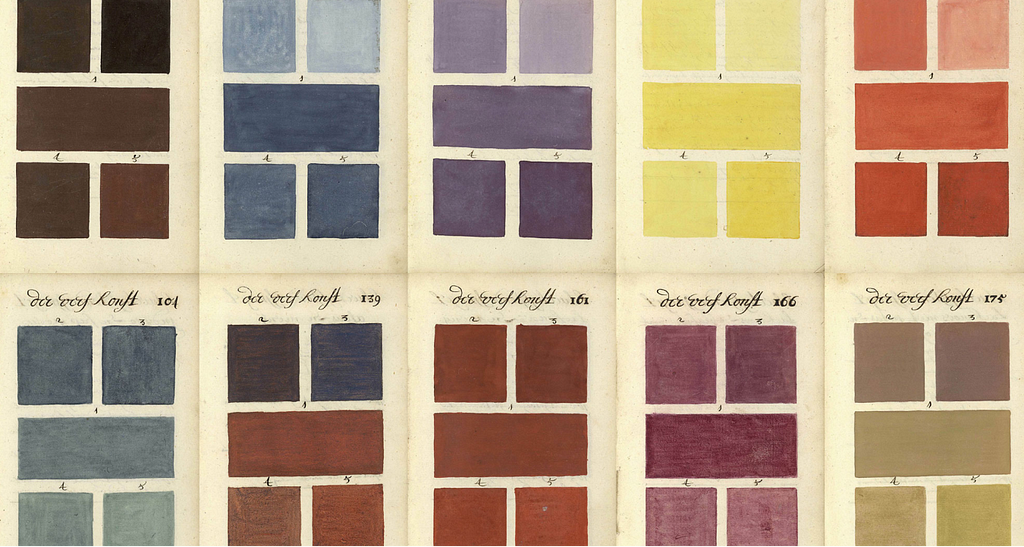
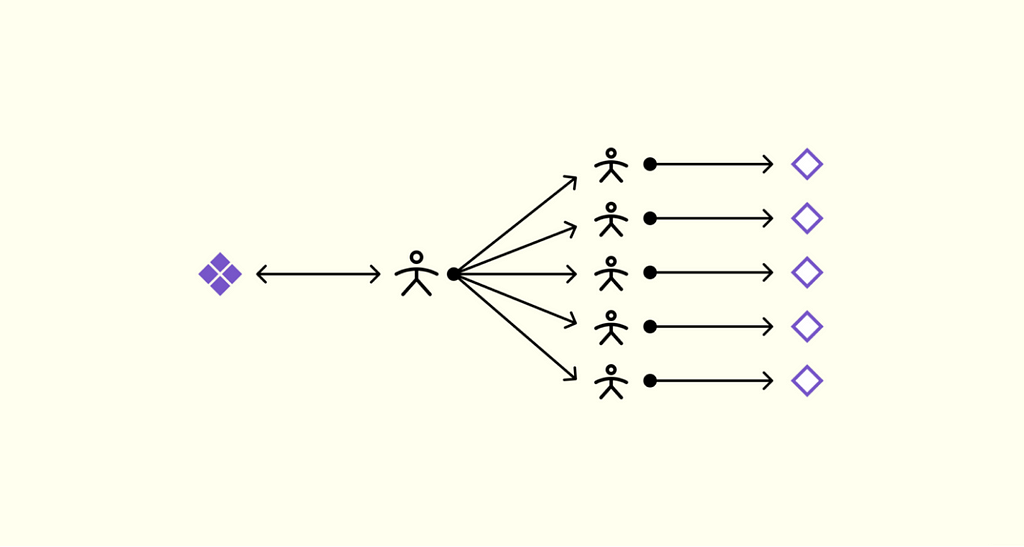
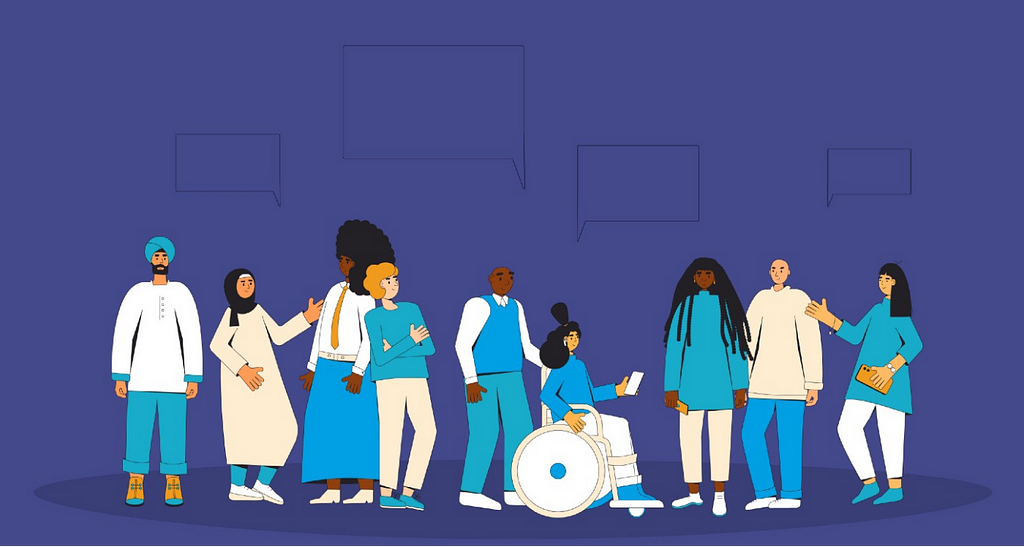
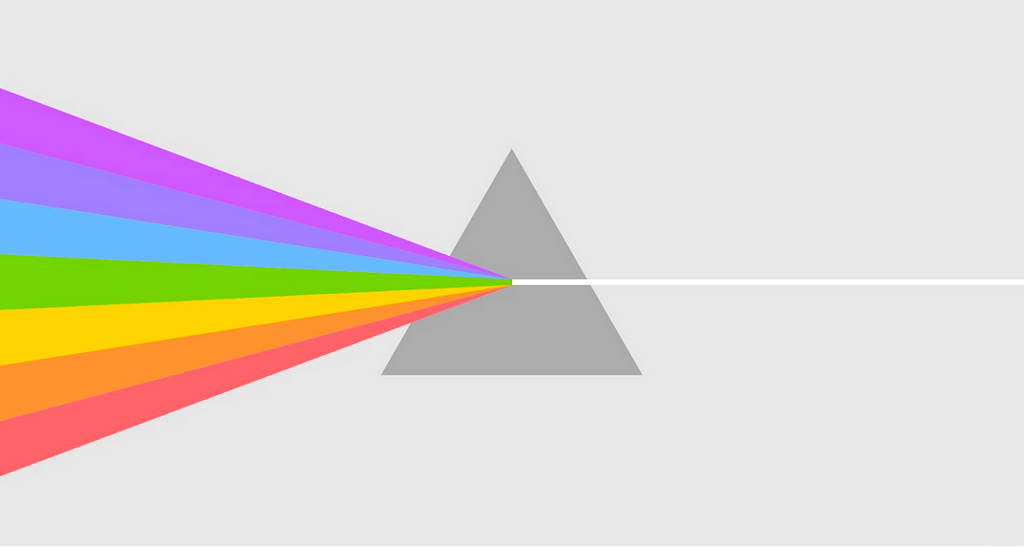



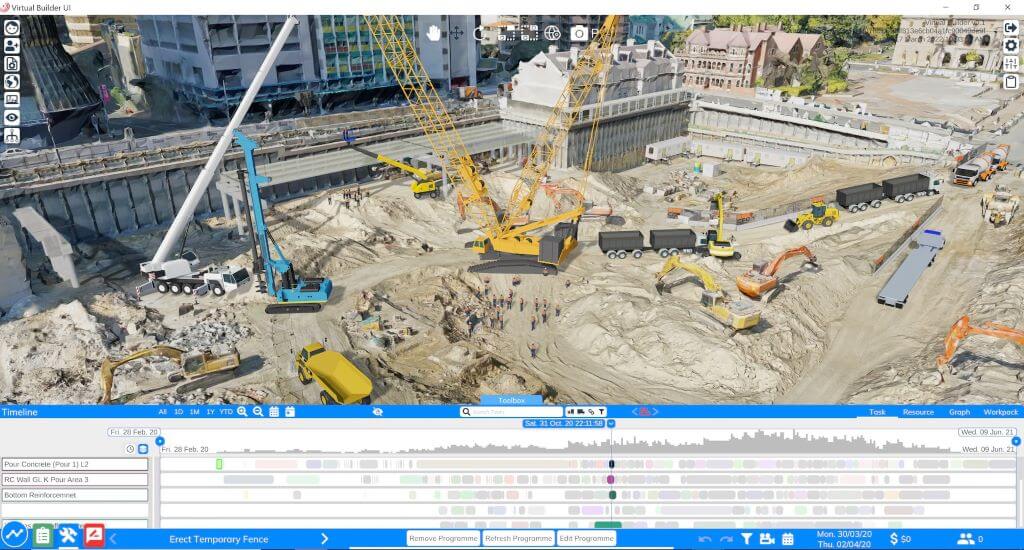

 https://storybook.js.org/blog/why-most-design-systems-implode/
https://storybook.js.org/blog/why-most-design-systems-implode/